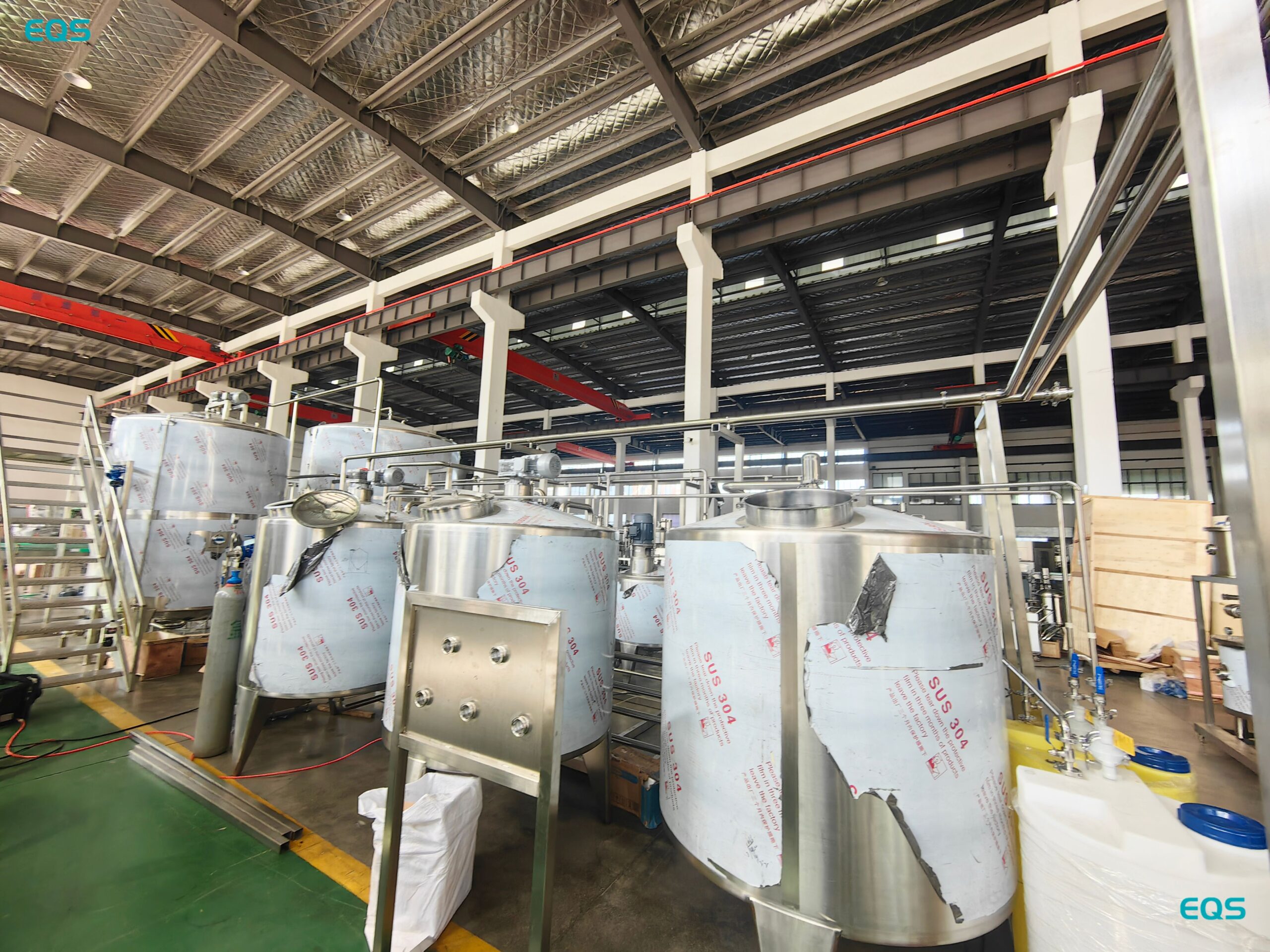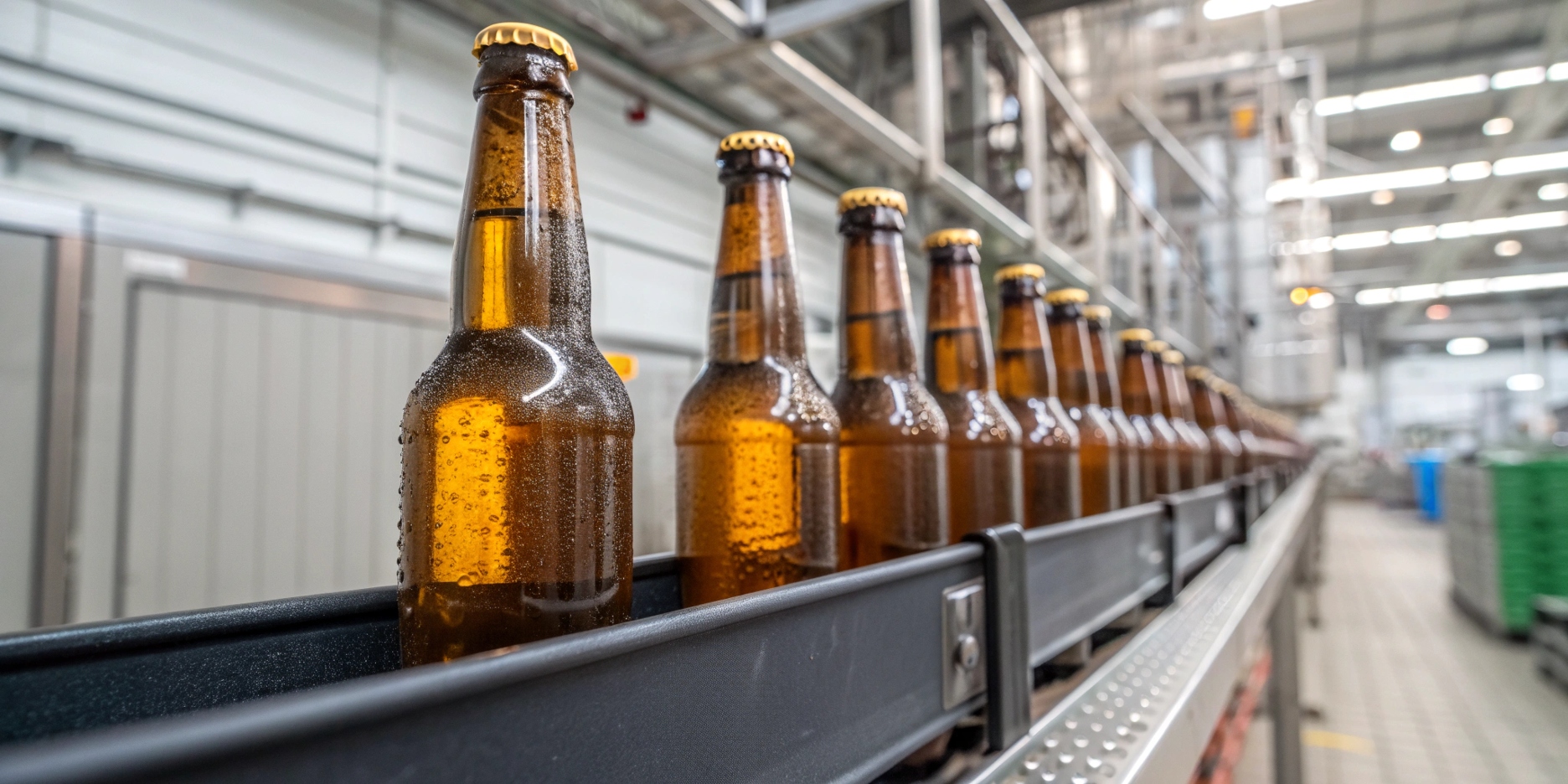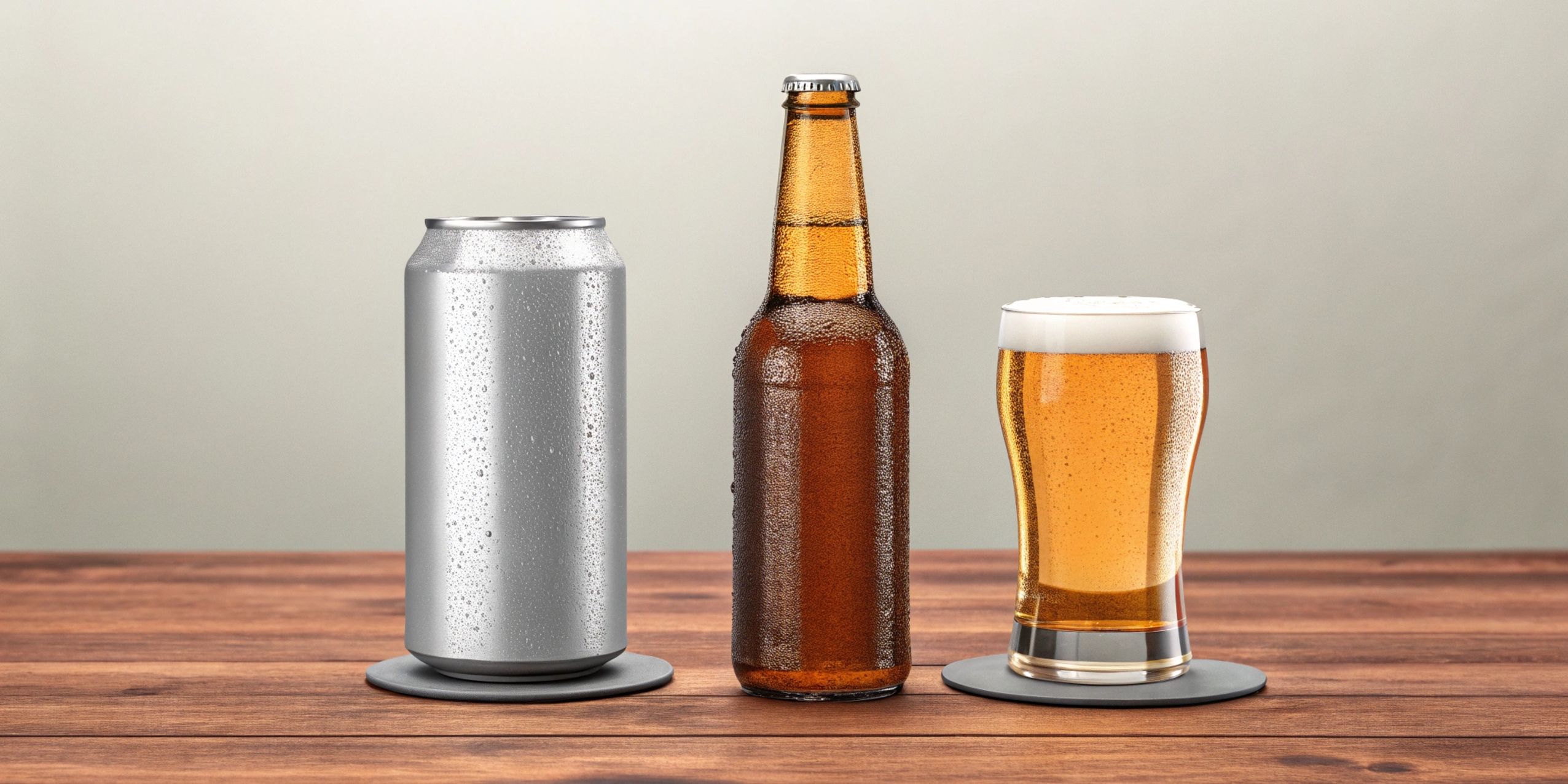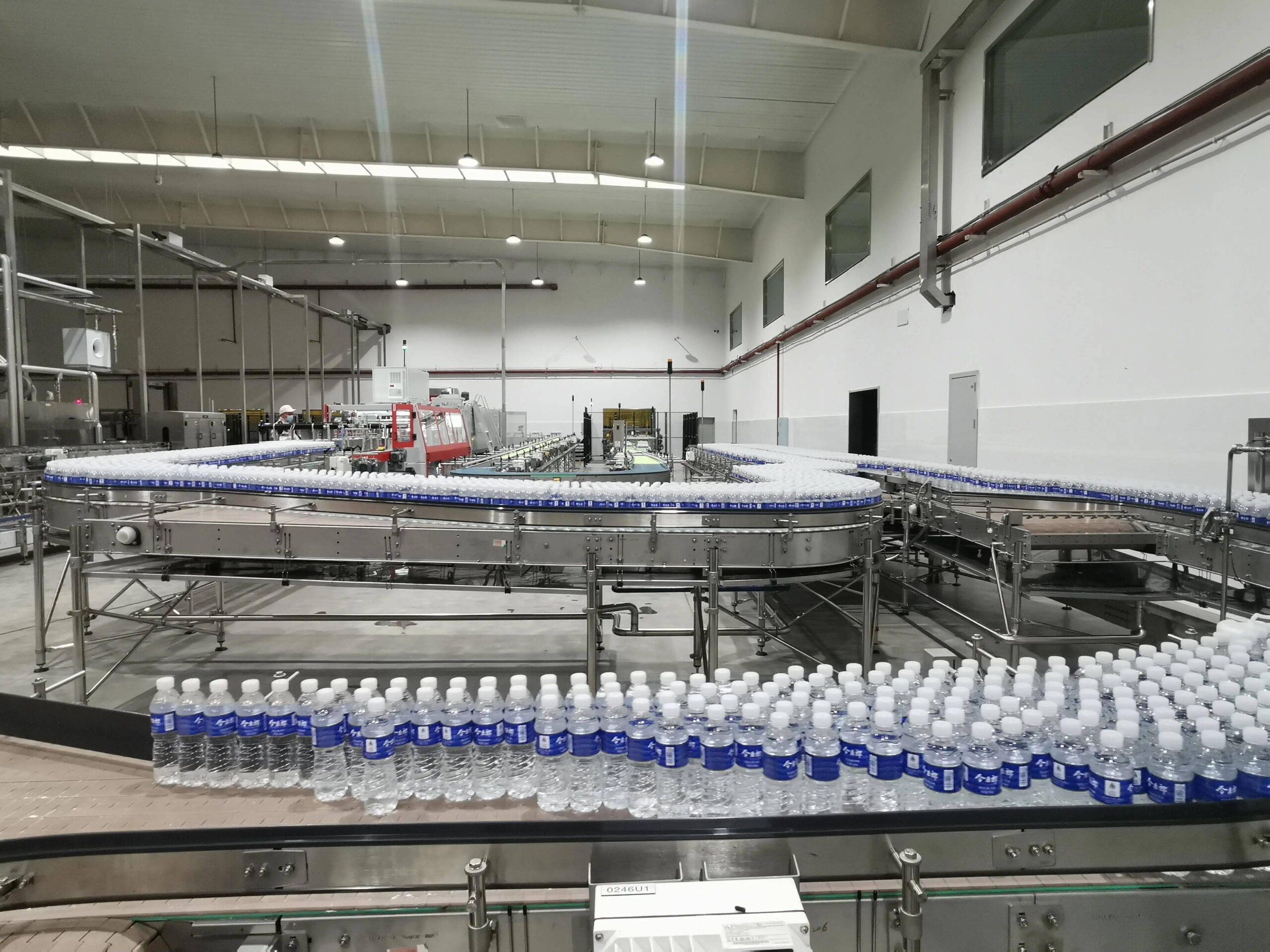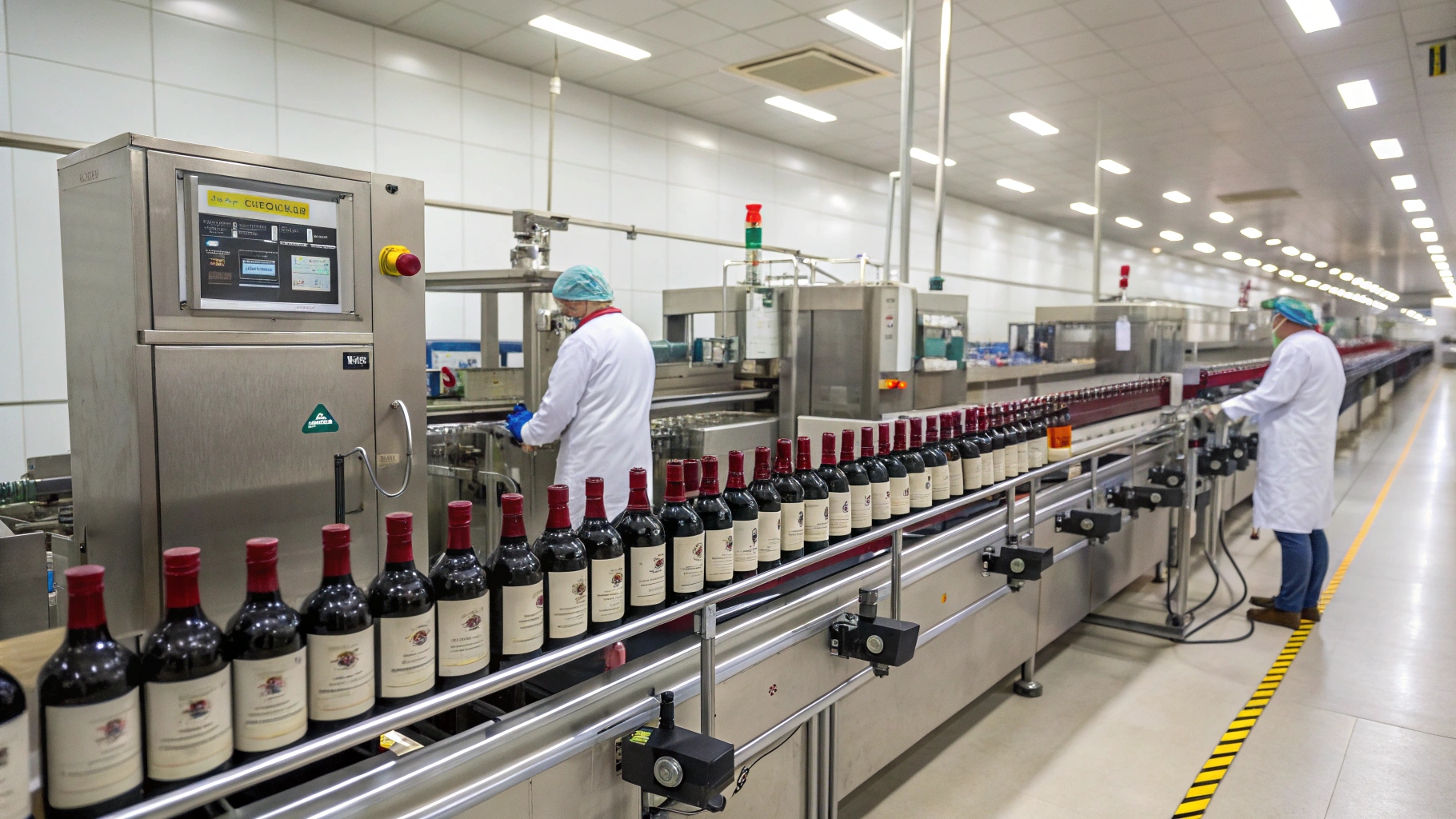Are There Any Reasons Not to Use Clear Glass Bottles for Beer?
Leading paragraph:
Ever wondered why most beer bottles aren’t clear like soda bottles? There’s more to it than just aesthetics!
Snippet paragraph:
Clear glass bottles for beer are susceptible to light, oxygen, and temperature, leading to spoilage, off-flavors, and decreased taste. Brown or green glass bottles offer better protection against these elements.
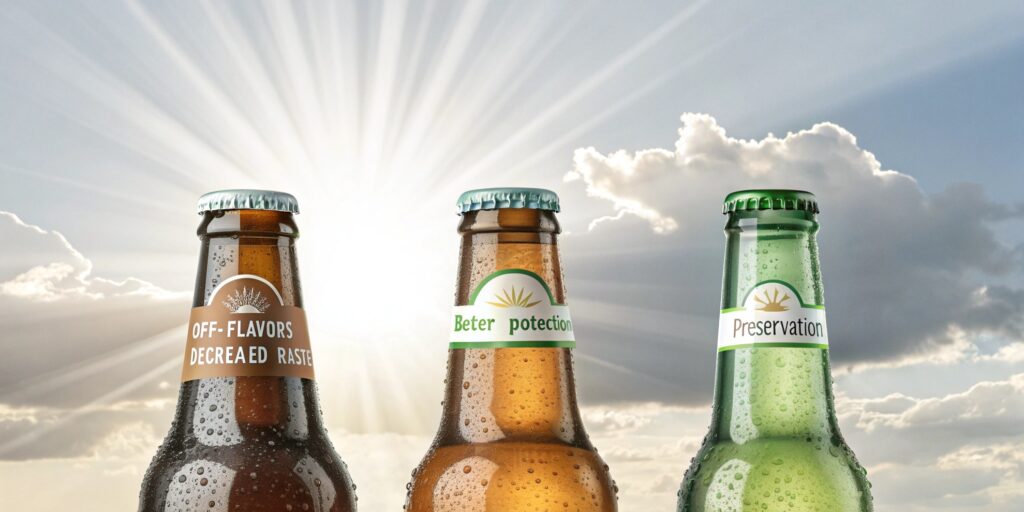
Transition Paragraph:
So, what makes clear glass a less-than-ideal choice for beer? Let’s explore the science behind beer bottle color.
Can you bottle beer in clear glass?
Leading paragraph:
Imagine your favorite IPA in a clear bottle under bright sunlight. Would it still taste the same?
Snippet paragraph:
Yes, you can bottle beer in clear glass, but it’s not recommended for most beers due to the risk of skunking and flavor degradation from light exposure. Some beers, like certain light lagers, are intentionally bottled in clear glass for aesthetic reasons.
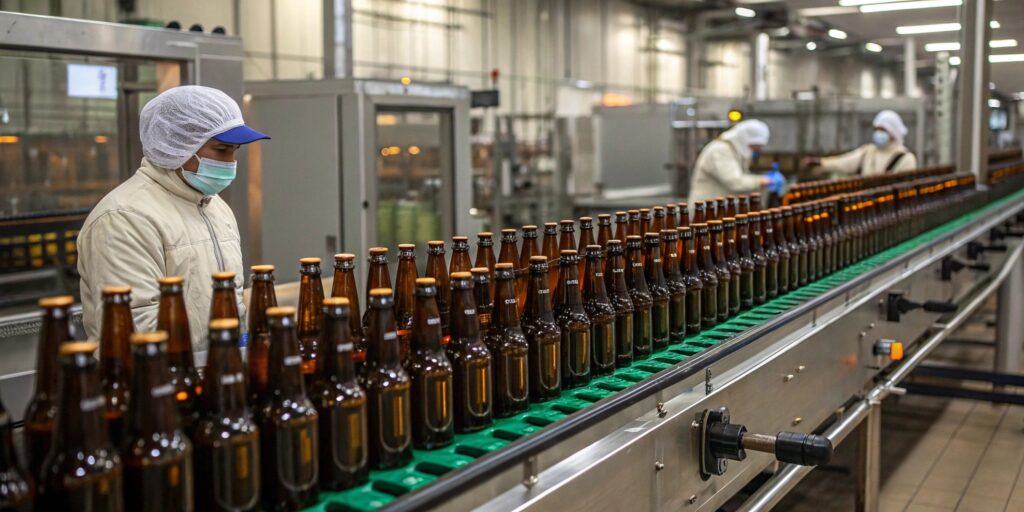
Dive deeper Paragraph:
Here’s a more detailed look at the implications of using clear glass for beer:
Lightstruck Beer: The Skunking Effect
- The Science: When beer is exposed to light, especially ultraviolet (UV) rays, a chemical reaction occurs that breaks down the hop-derived iso-alpha acids. This process produces a compound called 3-methyl-2-butene-1-thiol, which is chemically similar to the skunk spray. This is why light-exposed beer is often described as "skunky."
- Clear Glass vs. Colored Glass: Clear glass offers virtually no protection against UV rays, making beer bottled in clear glass highly susceptible to skunking. Brown glass, on the other hand, blocks most UV rays, while green glass offers some protection.
Exceptions: When Clear Glass Works
- Low-Hop Beers: Beers with very low hop content, such as some light lagers, are less prone to skunking because they contain fewer iso-alpha acids to break down.
- Rapid Consumption: If a beer in a clear bottle is consumed quickly and not exposed to light for long, the risk of skunking is minimized.
- Marketing and Aesthetics: Some breweries choose clear glass for marketing reasons, to showcase the beer’s color and clarity, or to create a unique visual appeal.
| Feature | Clear Glass | Brown/Green Glass |
|---|---|---|
| UV Protection | Minimal to none | Brown: Excellent, Green: Moderate |
| Risk of Skunking | High | Low (Brown), Moderate (Green) |
| Ideal For | Low-hop beers, rapid consumption, marketing purposes | Most beers, especially those with significant hop content |
Why do beer bottles have to be colored?
Leading paragraph:
Why isn’t all beer bottled in clear glass to show off its beautiful color? Color serves a key function.
Snippet paragraph:
Beer bottles are colored, typically brown or green, to protect the beer from ultraviolet (UV) light, which can cause "skunking" or lightstrike, leading to unpleasant flavors and aromas. The colored glass acts as a filter, reducing the amount of harmful light that reaches the beer.
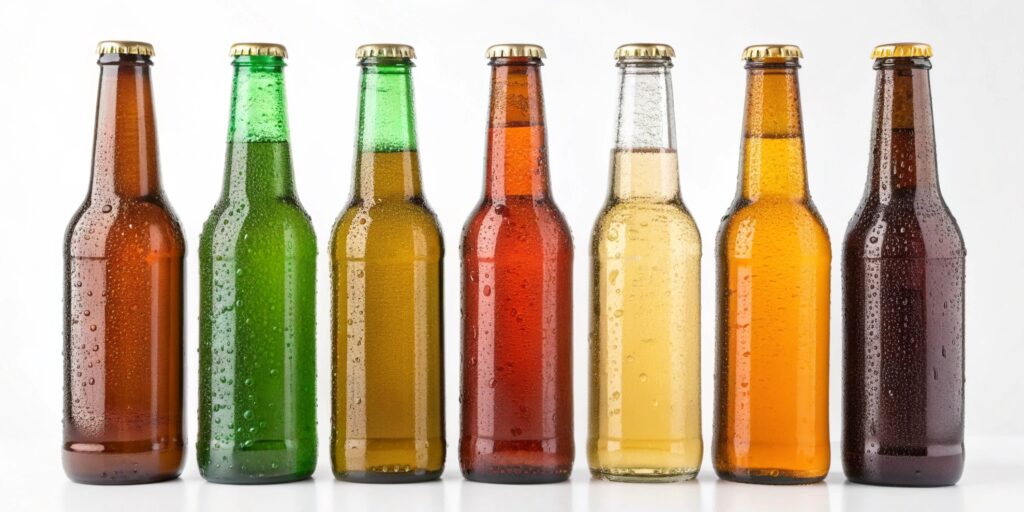
Dive deeper Paragraph:
Here’s a closer look at the importance of colored glass for beer:
The Role of UV Light
- Iso-Alpha Acids: As mentioned earlier, UV light breaks down iso-alpha acids, the compounds responsible for beer’s bitterness and hop aroma. This breakdown produces the skunky compound, 3-methyl-2-butene-1-thiol.
- Flavor and Aroma Degradation: Lightstrike not only causes skunking but can also lead to other flavor and aroma changes, such as a loss of hop aroma and the development of stale or cardboard-like flavors.
The Effectiveness of Different Colors
- Brown Glass: Brown glass is the most effective at blocking UV light, filtering out approximately 90-95% of harmful rays. This is why many breweries prefer brown bottles for their most sensitive beers, such as IPAs and other hop-forward styles.
- Green Glass: Green glass offers less protection than brown glass, blocking about 50% of UV light. However, it still provides some protection and is often used for beers that are less susceptible to lightstrike, such as lagers and pilsners.
As someone working in the packaging industry, I’ve seen firsthand how important these small details are to preserving product quality.
Historical Context
- World War II: The use of green glass became more common during World War II due to a shortage of brown glass. After the war, many breweries continued to use green glass for certain beers, creating a tradition that persists to this day.
| Color | UV Protection | Ideal For | Historical Context |
|---|---|---|---|
| Brown | Excellent | Most beers, especially hop-forward styles | Preferred for its superior UV protection |
| Green | Moderate | Lagers, pilsners, beers less susceptible to lightstrike | Became more common during WWII due to brown glass shortages, and the tradition continued afterward for certain brands. |
Conclusion
So, while clear glass might seem appealing, colored glass is a crucial protector of beer’s flavor. And remember, the right glass can truly elevate your beer-drinking experience!

